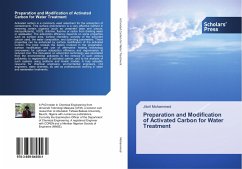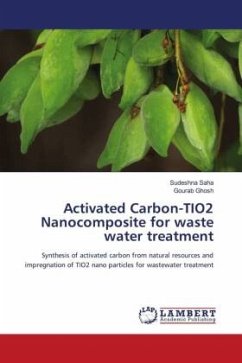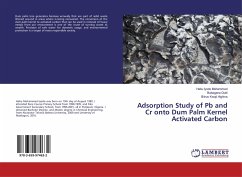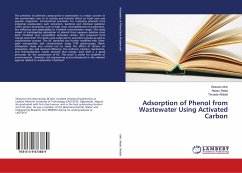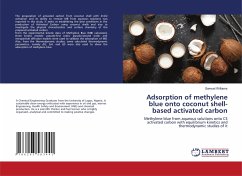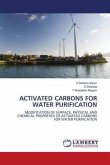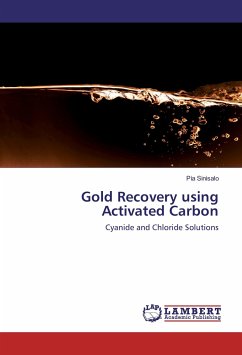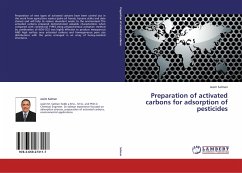Activated carbon is a commonly used adsorbent for the adsorption of contaminants. This surface phenomenon is a very effective method in removing certain organics (such as unwanted taste and odours, micropollutants), VOCs, chlorine, fluorine or radon from drinking water or wastewater. The adsorption efficiency depends on some properties such as surface area, surface chemistry, porosity of the activated carbon used, the water composition, and operating parameters. These properties can be enhanced by surface modification of the activated carbon. The book reviews the basics involved in the preparation, surface modification and use of alternative heating technology (microwave) for optimum adsorption efficiency and regeneration at reduced cost. The discussion on adsorption technology was elucidated from the environmental pollutants to the removal of such various pollutants, to regeneration of activated carbon, and to the analysis of such systems using isotherm and kinetic models. A truly valuable resource for chemical engineers, environmental engineers, civil engineers, water chemists, as well as professionals working in water and wastewater treatments.
Bitte wählen Sie Ihr Anliegen aus.
Rechnungen
Retourenschein anfordern
Bestellstatus
Storno

